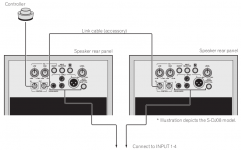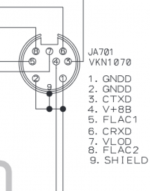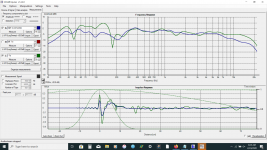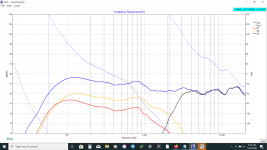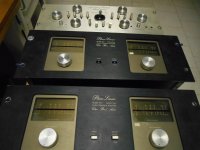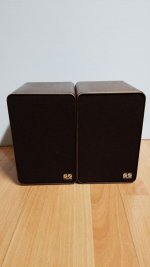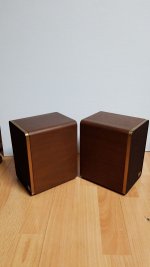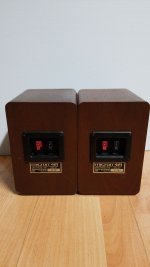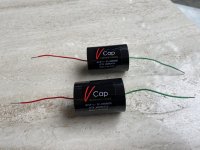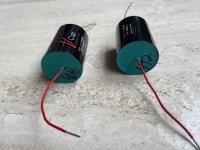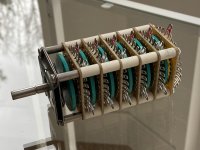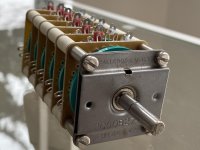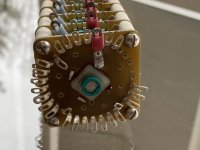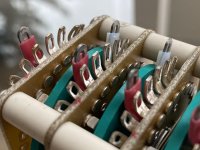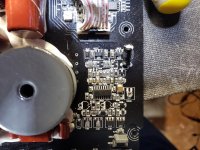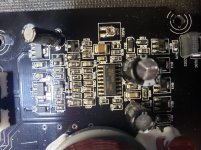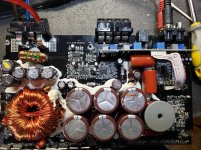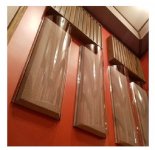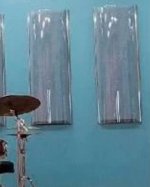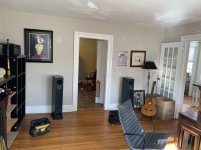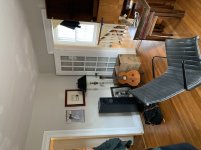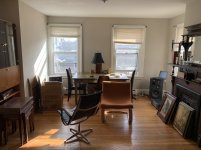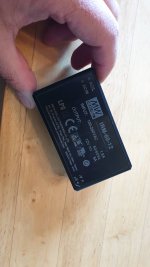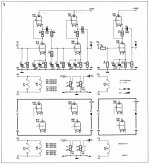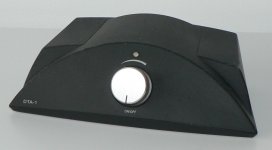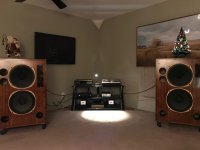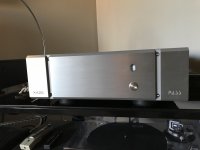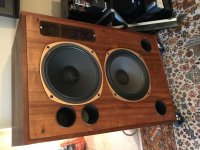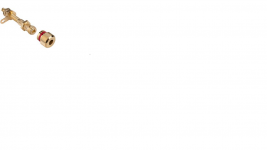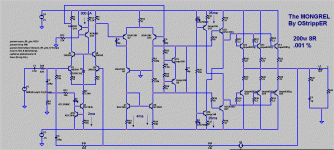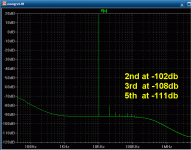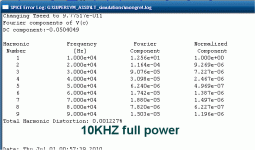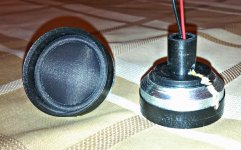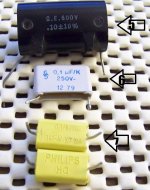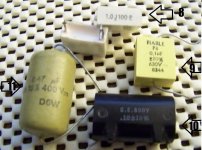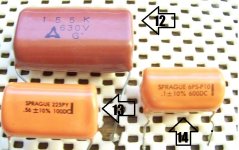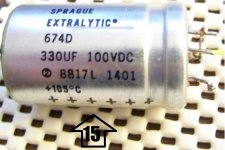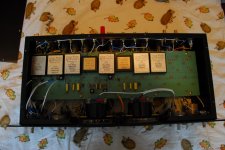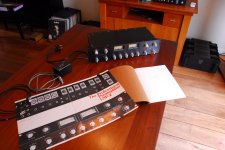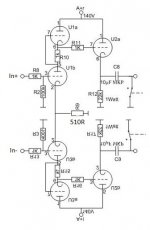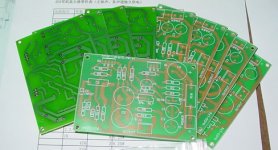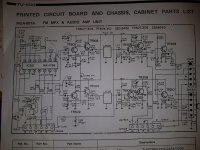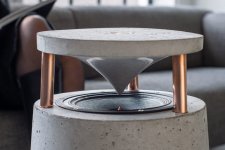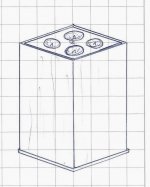DIY Equipment rack
- By Steve Luck
- Room Acoustics & Mods
- 10 Replies
Ordered 4 sets of these:
https://www.parts-express.com/dayton-audio-dss4-g-gold-speaker-spike-set-4-pcs--240-718
And two of these today: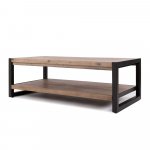
Oh and a rivnut gun.
The plan is to hack & stack them with the bottom shelf of the lower one at floor level to make room for some LPs on the bottom and place turntable, amp and Nativ streamer on the top shelf with some cassete deck, CD etc in between.
I've ordered enough spikes to create some separate isolation platforms if required. The shelves aren't as solid as they look in the photo so I might invert them and fill them with sand and seal them up for a bit more. dampening.
Choice between store bought racks seems to go from very cheap and Nasty to stupid money very quickly. I know from speakers stands Iv'e owned and built that sand or lead shot makes a useful difference.
I should get this little lot worked up into something useful made of real wood and steel for a bit more than $1000NZD better than the $1000 - $4000 a shelf I've been quoted.
Any thoughts.
https://www.parts-express.com/dayton-audio-dss4-g-gold-speaker-spike-set-4-pcs--240-718
And two of these today:

Oh and a rivnut gun.
The plan is to hack & stack them with the bottom shelf of the lower one at floor level to make room for some LPs on the bottom and place turntable, amp and Nativ streamer on the top shelf with some cassete deck, CD etc in between.
I've ordered enough spikes to create some separate isolation platforms if required. The shelves aren't as solid as they look in the photo so I might invert them and fill them with sand and seal them up for a bit more. dampening.
Choice between store bought racks seems to go from very cheap and Nasty to stupid money very quickly. I know from speakers stands Iv'e owned and built that sand or lead shot makes a useful difference.
I should get this little lot worked up into something useful made of real wood and steel for a bit more than $1000NZD better than the $1000 - $4000 a shelf I've been quoted.
Any thoughts.
